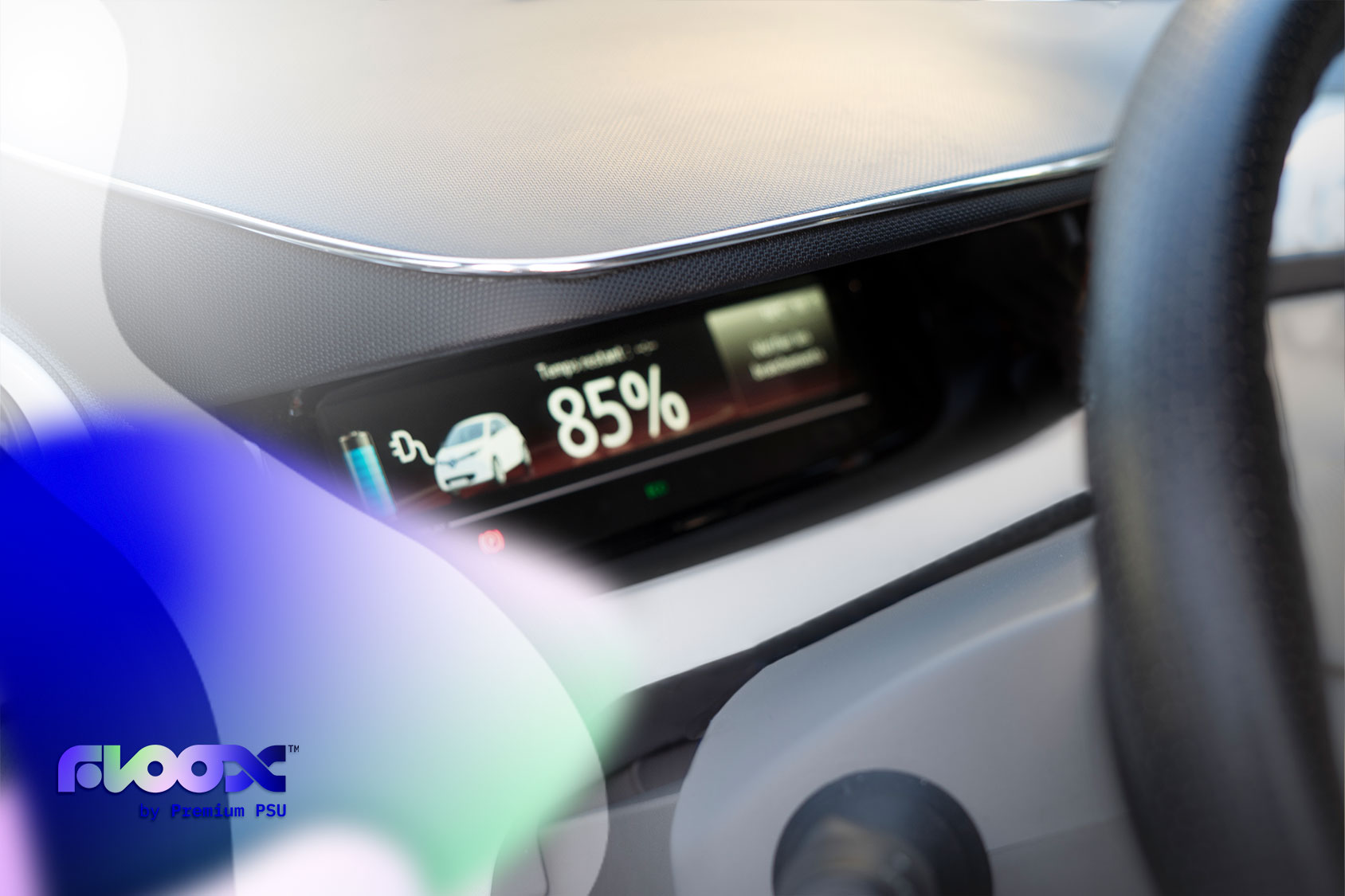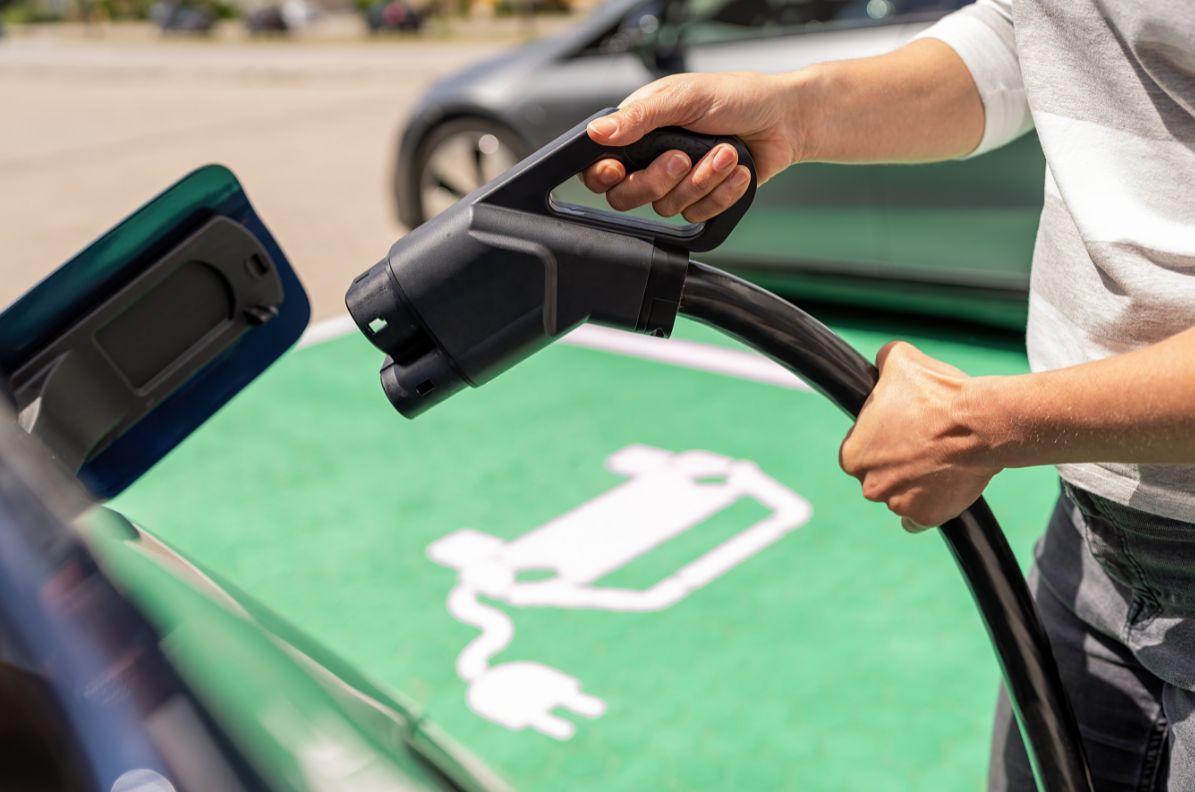 Today, electric vehicles are becoming increasingly popular due to their contribution to reducing emissions and using cleaner energy. As the number of electric cars on the road increases, charging infrastructure has become crucial to ensure the convenience and viability of these vehicles. In this context, the charging speed in electric vehicle chargers plays a key role, as it directly affects the time required to recharge the battery of an electric car.
Today, electric vehicles are becoming increasingly popular due to their contribution to reducing emissions and using cleaner energy. As the number of electric cars on the road increases, charging infrastructure has become crucial to ensure the convenience and viability of these vehicles. In this context, the charging speed in electric vehicle chargers plays a key role, as it directly affects the time required to recharge the battery of an electric car.
Current network in electric vehicle chargers
The power grid, always in the context of electric mobility discussed here, refers to the existing electrical infrastructure that allows supplying electrical power to the chargers of these vehicles.
Through this network, the electricity needed to charge the batteries of electric cars is provided, either using alternating current (AC) or direct current (DC), depending on the type of charger and charging speed required.
Alternating current (AC) is the form of electricity commonly used in homes and buildings. Alternating current (AC) electric vehicle chargers draw electricity from the grid and send it directly to the car. Such chargers are less expensive, but significantly slower.
Direct current (DC) electric vehicle chargers provide direct DC current directly to the vehicle’s battery, allowing for faster charging. These chargers are installed in all types of businesses and public locations, as they offer charging times suitable for the stay of passers-by in these places.

Charging speeds in electric vehicle chargers
In electric vehicle chargers we can find different charging speeds that adapt to the needs of users and the available infrastructure. The main loading speeds are presented below:
Slow charging (AC)
Slow charging refers to a slower charging speed that is suitable for situations where charging time is not a concern. Slow charge chargers typically have a power output of up to 3.7 kW, which means that they usually take many hours to fully charge an electric vehicle battery. This charging speed is commonly used in homes and places where cars are parked for extended periods of time, such as work or residential parking lots.
Semi-fast charging (AC)
Semi-fast charging chargers use alternating current (AC) and their power output can vary from 7 kW to 22 kW. With this charging speed, it is possible to recharge the battery of an electric vehicle in several hours, making it suitable for locations where vehicles can be parked for moderate periods of time.
Fast charge (DC)
Fast charge chargers use direct current (DC) and typically have an output power of 30 kW.
With this charging speed, it is possible to recharge the battery of an electric vehicle in less than an hour and a half, making it suitable for locations such as gas stations or high-traffic areas where drivers need to quickly recharge their vehicle to continue their journey.
Floox offers a small footprint and low maintenance option, the Powerfloox model, which fits CHAdeMO and CCS2 type connectors to provide this fast charge.
Super fast charge (DC)
Thanks to these charging speeds, it is possible to recharge an electric vehicle battery in approximately 30 minutes, making it suitable for high-performance charging stations located on major routes or high-demand service stations.
Superfast chargers use direct current (DC) and have a power output of around 60 kW. In this case, Floox makes available to users the Superfloox model, in which up to two cars can be charged simultaneously (two vehicles with 60 kW balanceable and a third through an optional hose up to 22 kW of alternating current).
Ultra fast charge (DC)
Ultra fast charging represents the highest charging speed available today. The ultra-fast chargers use direct current (DC) and have a power output that adapts to values of 90, 120, 150 or 180 kW.
Ultrafloox is the format that Floox puts on the market, with simultaneous loading in the different powers mentioned above. These features are not only perfect for today’s vehicle fleet, but are also geared to offer the best for the future.
With the Ultrafloox model it is possible to reach 80% of the battery of an electric vehicle in just 15 minutes, which makes it ideal for state-of-the-art charging stations located in strategic areas with a high flow of users and drivers.
As you can see, the charging speed on electric vehicle chargers varies from slow charging to ultra-fast charging. The choice of loading speed depends on several factors, such as the availability of the loading infrastructure, the time available and the individual needs of the user.
If you would like more information about the different chargers you can purchase for your business, do not hesitate to contact us. We will be happy to help you.











